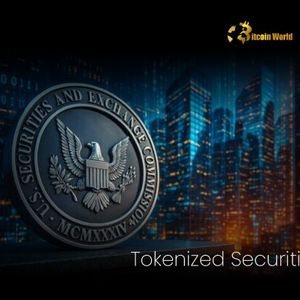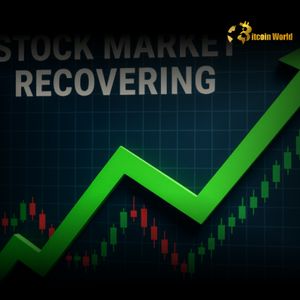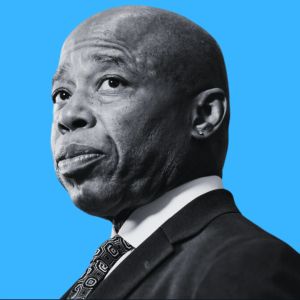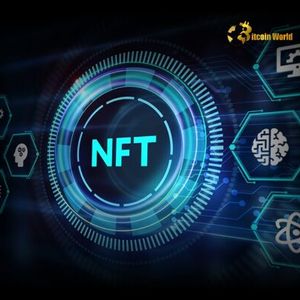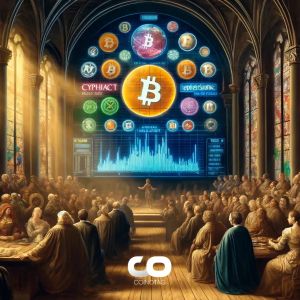BitcoinWorld SEC Explores Future: Breakthrough Talks on Tokenized Securities Hey crypto enthusiasts! Ever wondered how traditional finance might blend with the decentralized world you love? Well, buckle up, because the U.S. SEC (Securities and Exchange Commission) is having some pretty significant conversations that could shape the future of finance, particularly concerning tokenized securities . Recently, the SEC’s Crypto Task Force sat down with major players like Nasdaq , alongside crypto innovators Plume Network and Etherealize. The hot topic? Exploring how public blockchains can become the backbone for issuing and trading securities that are represented as digital tokens. This isn’t just theoretical chat; these firms came prepared with concrete proposals. Understanding Tokenized Securities: What’s the Buzz? Before we dive into the details of the meeting, let’s quickly touch upon what tokenized securities actually are. Imagine traditional assets like stocks, bonds, or even real estate, but represented by digital tokens on a blockchain. This process, known as tokenization, aims to bring the benefits of blockchain technology – like increased efficiency, liquidity, transparency, and fractional ownership – to regulated financial markets. The potential is huge, but so are the regulatory questions. How do existing securities laws apply? How do you ensure investor protection in a decentralized environment? These are exactly the kinds of challenges the SEC and the industry are trying to navigate together. Pushing for a Regulatory Sandbox: Testing the Waters One key proposal that emerged from all three participants – Nasdaq , Plume Network, and Etherealize – was the idea of creating a regulatory sandbox . Think of a sandbox as a controlled environment where companies can test innovative financial products and services based on blockchain technology under slightly more flexible oversight from the regulator. Why a sandbox? Because the current regulatory framework, largely designed for traditional finance, doesn’t always fit neatly with the unique characteristics of blockchain and digital assets. A sandbox allows firms to experiment, demonstrate the technology’s capabilities and risks, and work closely with the SEC to figure out how best to apply or adapt regulations without immediately facing the full weight of complex rules. It’s a way to learn by doing, which is crucial for rapidly evolving tech like blockchain. Nasdaq’s Vision: An ATS-Digital Platform The world-renowned stock exchange operator, Nasdaq , wasn’t just there to listen; they presented their own ambitious plan. Nasdaq proposed launching a platform they’re calling “ATS-Digital.” An ATS, or Alternative Trading System, is essentially a venue for matching buyers and sellers of securities. Nasdaq’s vision is an ATS specifically designed to handle digital assets. This platform would allow firms to list not only digital asset investment contracts (which could include tokenized securities) but also potentially commodity-style tokens. This suggests a desire to create a regulated marketplace that bridges the gap between traditional securities and certain types of digital assets. To make this happen smoothly, Nasdaq also called for a joint safe harbor with the Commodity Futures Trading Commission (CFTC). A safe harbor would provide temporary relief from certain regulatory requirements, giving firms time to develop and operate while regulators figure out the long-term rules, especially important where asset classification (security vs. commodity) is ambiguous. Plume Network on Real-World Assets and Law Reform Plume Network brought the focus squarely onto real-world assets (RWAs). RWAs are physical or intangible assets that exist outside of the blockchain but are represented on-chain as tokens. Examples include real estate, art, company equity, credit, or even intellectual property. Plume highlighted that permissionless blockchains (like Ethereum or others where anyone can participate) are ideally suited for RWA tokenization due as they offer transparency and accessibility. Plume didn’t stop there. They went further, recommending significant updates to foundational U.S. securities laws – specifically the Securities Act of 1933 and the Securities Exchange Act of 1934. Their argument is that these laws need to be modernized to effectively accommodate decentralized finance (DeFi) protocols and promote what they called “credible neutrality” in regulation. Credible neutrality implies rules that are applied fairly and predictably, without favoring specific technologies or market participants. Etherealize’s Call for Blockchain as Shareholder Registry Rounding out the industry perspectives, Etherealize presented proposals focused on core corporate functions. They urged the SEC to formally recognize secure blockchains as official shareholder registries. Traditionally, tracking who owns shares in a company is done through centralized databases and intermediaries. Using a blockchain could potentially make this process more transparent, immutable, and efficient. Furthermore, Etherealize supported the use of smart contracts for automating corporate actions. Smart contracts are self-executing contracts with the terms of the agreement directly written into code. For tokenized securities, smart contracts could automatically handle tasks like distributing dividends to token holders or facilitating shareholder voting, potentially reducing administrative overhead and increasing efficiency. The SEC’s Response and What Comes Next According to the report, the SEC is currently reviewing these various proposals. This engagement, initiated by the SEC’s own Crypto Task Force, signals a proactive (though cautious) approach from the regulator towards understanding and potentially integrating blockchain technology into traditional financial markets. It shows they are listening to industry concerns and exploring pathways forward, even if the path is complex and fraught with regulatory hurdles. While the creation of a full-fledged regulatory sandbox or significant law reform won’t happen overnight, these discussions are crucial first steps. They open the door for continued dialogue and potential future policy developments that could pave the way for the wider adoption of tokenized securities and real-world assets on the blockchain. The journey towards integrating blockchain into traditional finance is long and requires careful consideration of investor protection, market integrity, and systemic risk. However, the fact that major players like Nasdaq are engaging directly with the SEC on these topics, alongside innovative crypto firms, is a positive sign for the evolution of both industries. We’ll be keeping a close eye on how the SEC responds to these proposals and what steps are taken next in exploring the exciting potential of tokenized securities and real-world assets . To learn more about the latest tokenized securities trends, explore our article on key developments shaping real-world asset tokenization. This post SEC Explores Future: Breakthrough Talks on Tokenized Securities first appeared on BitcoinWorld and is written by Editorial Team



